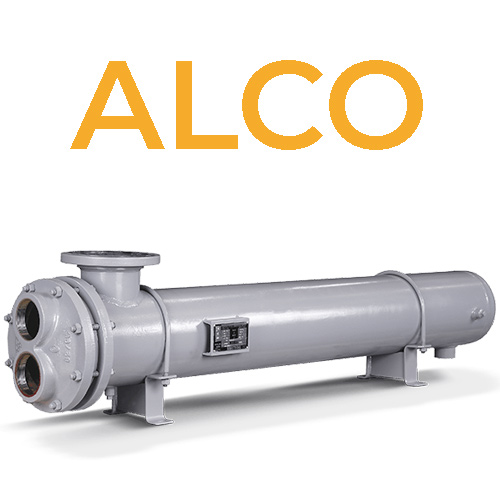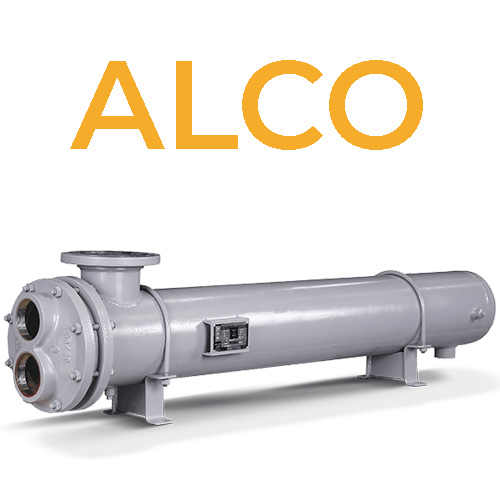



Our range is designed to meet the diverse needs of various industrial applications, ensuring efficient heat transfer and optimal performance in your systems. Shell & Tube Heat Exchangers are renowned for their robust construction, high reliability, and superior heat exchange capabilities. Whether you are looking to upgrade your existing setup or require a new installation, our products offer the durability and efficiency necessary for high-demand environments.
Applications: Our Shell & Tube Heat Exchangers are suitable for a wide range of applications, including chemical processing, oil and gas refineries, power generation, and HVAC systems. They are engineered to handle various fluids, pressures, and temperatures, making them versatile solutions for your thermal management needs.
Features:
Boiler Supplies Fabrication: Boiler Supplies fabricates Shell & Tube Heat Exchangers that replace your existing unit and meet all industry specifications. We adhere to ASME and TEMA (B, C, & R) requirements, and all our units comply with Sections I, IV, VIII, Div. 1. We carry renowned manufacturers such as Bell & Gossett, Armstrong, Alco, American Standard, A.O. Smith, Cemline, Graham, Old Dominion, Standard Exchange, Taco, Patterson Kelly, Reco, Thrush, and Heat Exchanger USA.
Maintenance and Longevity: Commercial and industrial professionals rely on heat exchangers to transfer heat energy and remove unwanted heat in diverse applications. The service lives of heat exchangers generally range from 10 to 20 years, provided they are well-maintained. However, constant contact with high temperatures and pressures takes a toll on heat exchangers, which often causes premature failure. Should equipment failure occur, you have an important decision to make: to repair the faulty component or replace it. Your decision will depend on your budget and the specific issues at hand.
Serviceable and Non-Serviceable Issues:
Serviceable Issues: Many issues can be rectified without replacing a heat exchanger. Fouling (or contamination) inhibits proper heat transfer, but this issue can be repaired quickly (with a high maintenance cost). Heat exchanger tube bundles are also easily replaceable components. Flow misdistribution is another serviceable issue, usually caused by poor design or installation. If you are just looking to replace the tube bundle, visit Tube Bundle.
Non-Serviceable Issues: Cracking found in heat exchangers is not serviceable. The leading cause of this issue is system overheating—insufficient airflow leads to heat stress, which in turn leads to cracks near the weakest areas in the metal material. Cracked heat exchangers must be replaced immediately to protect other system components and prevent carbon monoxide leakage.
For more in-depth information, be sure to obtain a copy of Boiler Supplies’ latest eBook titled "Heat Exchangers: Restoration vs. Replacement." This free-to-download eBook outlines the criteria for repairing or replacing these critical system components. Additionally, our eBook provides a list of manufacturer products we supply.
Why Choose Us: At Boiler Supplies, we are committed to providing top-quality heat exchangers that deliver exceptional performance and reliability. Our expert team is here to assist you in selecting the right product for your application, ensuring you achieve optimal efficiency and cost savings.
Explore our range of Shell & Tube Heat Exchangers today and experience the difference in quality and performance. Contact us for more information or to get a customized quote.